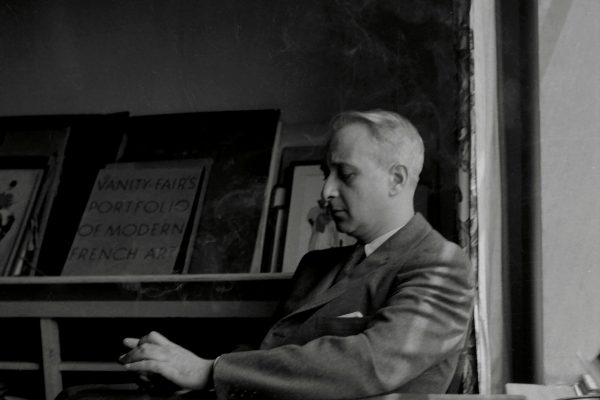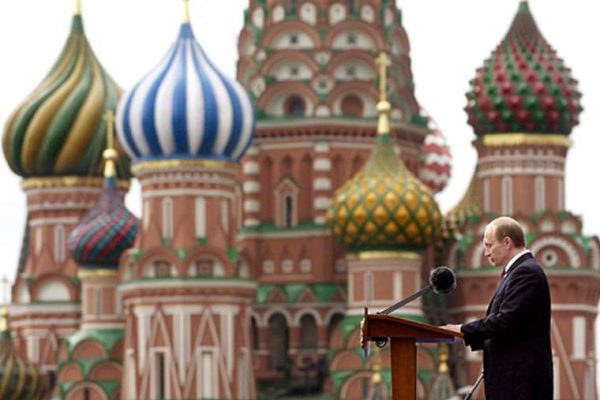A Change Is Gonna Come: Music, Race and the Soul of America
Craig Werner
Plume, $19.95
A shrewd and humane guide to the popular and not-so-popular music of the last forty years, A Change is Gonna Come links the fortunes of sundry musical styles–gospel, soul, funk, punk, disco, hip-hop–to the ongoing political dialogue between black and white in the shadow of the Civil Rights Movement. Werner approaches music almost as an intellectual historian, analyzing how different genres draw from three basic "impulses": the blues impulse to admit and linger on the presence of evil; the gospel impulse to join individual and collective redemption; and the jazz impulse to stretch musical form so it can express those realities that are dimly perceived as yet. These rubrics make for strange affiliations (Elvis Costello with the blues, Steve Reich with jazz), but they help Werner explain the complex interplay between popular music and popular politics–how, say, Jimmy Carter’s misbegotten defense of affirmative action reverberated through the culture of 1979, when white men rioted against disco, British punks gravitated to Jamaican reggae, and hip-hop DJs built a new dance community out of the blasted landscape of the South Bronx. Werner battles through his story with a bruising energy, bloodying noses (Nixon, Reagan, and the anti-disco rioters) along the way. His abiding faith, though, is in a more positive vibe: the power of music to move the body and, yes, the spirit to unforeseen, far-reaching conclusions.
–Scott Saul
America Divided: The Civil War of the 1960s
Maurice Isserman and Michael Kazin
Oxford, $30
In their new synthesis history of the United States in the 1960s, former student radicals Maurice Isserman and Michael Kazin reinterpret the decade as a politically complicated "dramatization of our humanity," not a Baby Boomer morality tale of sex, drugs, and protest. While major political developments, such as Lyndon Johnson’s Great Society and the activities of the student New Left, receive broad coverage, the most intriguing and valuable contributions are the chapters on not-so-well-trod historical ground–in particular the role, over the same span, of the American right. As Isserman and Kazin point out, the growth of Students for a Democratic Society at universities across the country was paralleled by the swelling ranks of the conservative Young Americans for Freedom (YAF) and Campus Crusade for Christ. YAF even drafted its own short manifesto, calling on Americans to preserve freedom in a "time of moral and political crisis" during a meeting at William F. Buckley’s Connecticut estate in 1960–some two years before SDS issued its Port Huron Statement. And though Barry Goldwater’s 1964 run for the presidency was an electoral failure, Kazin and Isserman note its landmark union of free-marketeers and cultural conservatives laid the foundation for narrow Republican victory in 1968–and the sustained rightward shift in American politics ever since. By showing how black power and white backlash could resonate at the very same time, Kazin and Isserman help us understand why debates over the 1960s continue to divide the union today.
–Ben Healy
The Mysterious Flame: Conscious Minds in a Material World
Colin McGinn
Basic Books, $24
One night, in 1988, philosopher Colin McGinn experienced something of a revelation: "I was visited with the feeling that I had finally understood why the mind-body problem was so hard." The Mysterious Flame: Conscious Minds in a Material World glows with the joy of that discovery, even if it is a discovery of difficulty. The author of several academic works on consciousness, McGinn seeks a more general audience for his position on the classic mind-body problem: how can brain tissue, which appears no different from other forms of matter, produce our complex inner states? He answers that we do not possess the kind of intelligence which could ever unlock this mystery, since evolution has not equipped us to perceive the property of the brain that links mind and matter. We can observe consciousness through introspection, and can observe brain activity through sense perception–but no faculty allows us to observe both together. McGinn’s "mysterian" position, he suggests, does not challenge a secular, evolutionary worldview: "The source of the mystery lies in our cognitive limitations, not in a supernatural dimension of the universe." But McGinn’s evocative prose nevertheless helps the reader feel the mystery of consciousness in all of its strangeness. After all, McGinn offers, we simply are not wired to apprehend its normalcy.
–Bob Reeder
American Culture, American Tastes
Michael Kammen
Knopf, $30
In American Culture, American Tastes, Michael Kammen surveys the rise of mass culture after World War II and the subsequent changes in both attitudes toward and uses of leisure. Filled with details about all sorts of popular trends, the book distinguishes between two of them: popular culture and mass culture. The former, Kammen argues, is more participatory, and hit its prime from roughly 1885 to 1935–the heyday of P. T. Barnum’s traveling circus and amusement parks like New York’s Coney Island. The latter–the culture of television, fast food chains, and large shopping malls– ushered in a more passive age, both in terms of how people spend their leisure time, and how they receive and process information. But in doing so, the rise of mass culture in the post-war era blurred the boundaries between traditional taste levels–high, middle, and low brow–resulting, in part, in a shift in who is recognized as a cultural authority by the masses. Kammen lists Johnny Carson, Ann Landers, and Oprah Winfrey as cultural authorities for the later twentieth century. At what price has this transition occurred? Kammen notes Tocqueville’s fear that a "truly democratic culture" would be plagued by mediocrity, but concludes that it may be a worthwhile cost for a free society.
–Erin Emlock







